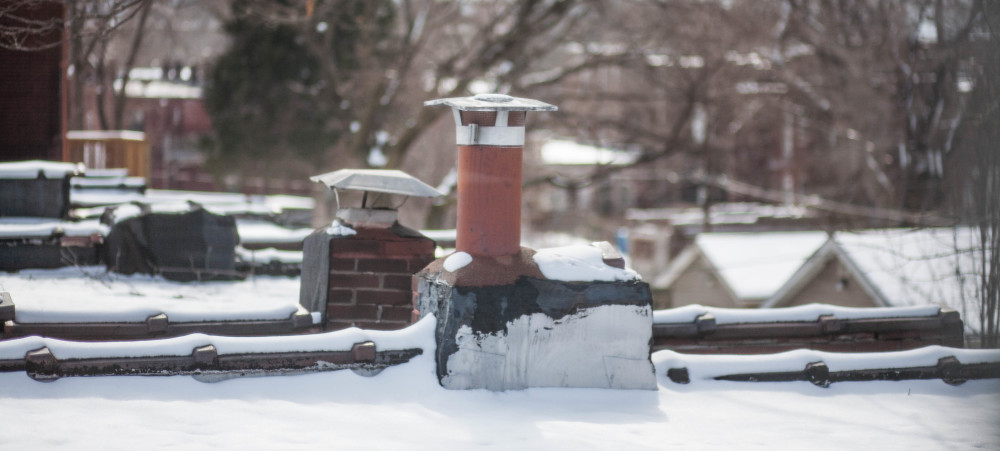Here’s my two cents about Pete Seeger.

You needed to hear him live, to see him and witness the display of energy, artistry, and sheer chutzpah that was a Pete Seeger concert. After that you felt you knew him a little, didn’t need to ask him for an autograph or speak to him in the press of fans that had surrounded him even on stage. I heard him at Duke, one evening in spring 1968 I think it was. Page auditorium was sold out. People were sitting in the aisles and on the stage so that he had only a small circle to walk around in. He sang flat out two hours and then did some encores, just him. No band, no light show, no overproduction, nothing except what came out of his skinny body, that long-necked banjo, his big twelve-string guitar, and the sweet wooden flute he sometimes played. He was huge.
He was an American original, perhaps the best of a generation of American specialty pop singers who gravitated towards a multiplicity of ethnic genres they weren’t born to, made them their own, made them new, added to them, turned them to the purposes of social and political protest. He started no movements, not even the folk-music revival, but he emerged as a folk hero, a leader, and a moral force at the time when roots music was beginning to be big business. Following Paul Robeson and Woody Guthrie, He remained a proud leftist throughout his life. Though he left the Communist party after the excesses of Stalin, as many did, he remained a communist with a small c, as he once said. And unlike many ex-Communists of his period, he did not turn to cold-war advocacy, to neo-conservatism, or to any of the other forms of easy super-patriotism available in the second half of the twentieth century.
Nor did he shy away from controversy. Along with Guthrie and Lee Hays, his wife Toshi, and his small children, Seeger was assaulted by a mob after his appearance along side Paul Robeson at Peekskill, New York in 1949. In 1951 e was convicted of contempt of congress and sentenced to a year in jail after refusing to answer questions put to him by the House Un-American Activities Committee, though the conviction was quashed. Later, he and the rest of the Weavers were blacklisted and placed under FBI surveillance throughout the McCarthy era. The John Birch society sometimes picketed his concerts. During the civil-rights movement and the Viet Nam War protest, he was always in the front lines. The story is apocryphal that he attempted to cut off Bob Dylan’s electrical supply with an axe when Dylan appeared with a rock band at the Newport Folk Festival in 1965. But why not, after all? Dylan had abandoned not only acoustic music, but social protest as well. From his Viet Nam era protest to his attempts to clean up the Hudson river to his recent leadership in the Occupy movement, Seeger has always been true to his roots in the radicalism of the thirties’ labor movement.

He also “put together” a good many songs, as he sometimes said. And some of his best known songs are associated with other singers who covered them and whose recordings became more famous than his: The Byrds for “Turn, Turn,” Peter, Paul, and Mary for “If I Had a Hammer,” which Seeger wrote with Lee Hays; though not “Waist Deep in the Big Muddy.” Many obituaries cite it, partly to point up the adversarial side of Seeger’s career and partly, I think, because Seeger never ceased to own that song. My personal favorite Seeger song is mentioned, or quoted, in none of the obituaries I have read. It is this one, the words by Idris Davies. Seeger found them in an essay entitled “Welsh Poets” by Dylan Thomas, that appears in the volume Quite Early One Morning. It features not the famous hate surrounding banjo but the dark sound of Seeger’s twelve-string guitar. The back story involves a Welsh coal mining disaster and the failure of the British general strike of 1926. The Birds’ version is more famous, but I like Seeger’s own.
Seeger first recorded “The Bells of Rhymney” on a live album made at a 1957 Carnegie Hall concert he and Sonny Terry presented together. In the notes to that album, he documents the guitar tuning and fingerings he used for the song and says some charming things about it, one of which is that the tune is pretty much the same as “Twinkle, Twinkle, Little Star.” My vote for the best Seeger obituary goes to this one. And it doesn’t change my love for “The Bells of Rhymney” to admit that I can still hear him singing “You can’t scare me, I’m stickin’ to the union!” I could wish him rest, but I can’t think of him resting any more than I can think of him dead. He was no twinkling star—he burned bright and hot, and if he’s now burned out there’s no black hole. He’s off rambling somewhere With Guthrie and Hays and his other pals, like it says in the Tom Paxton song he loved to sing.
